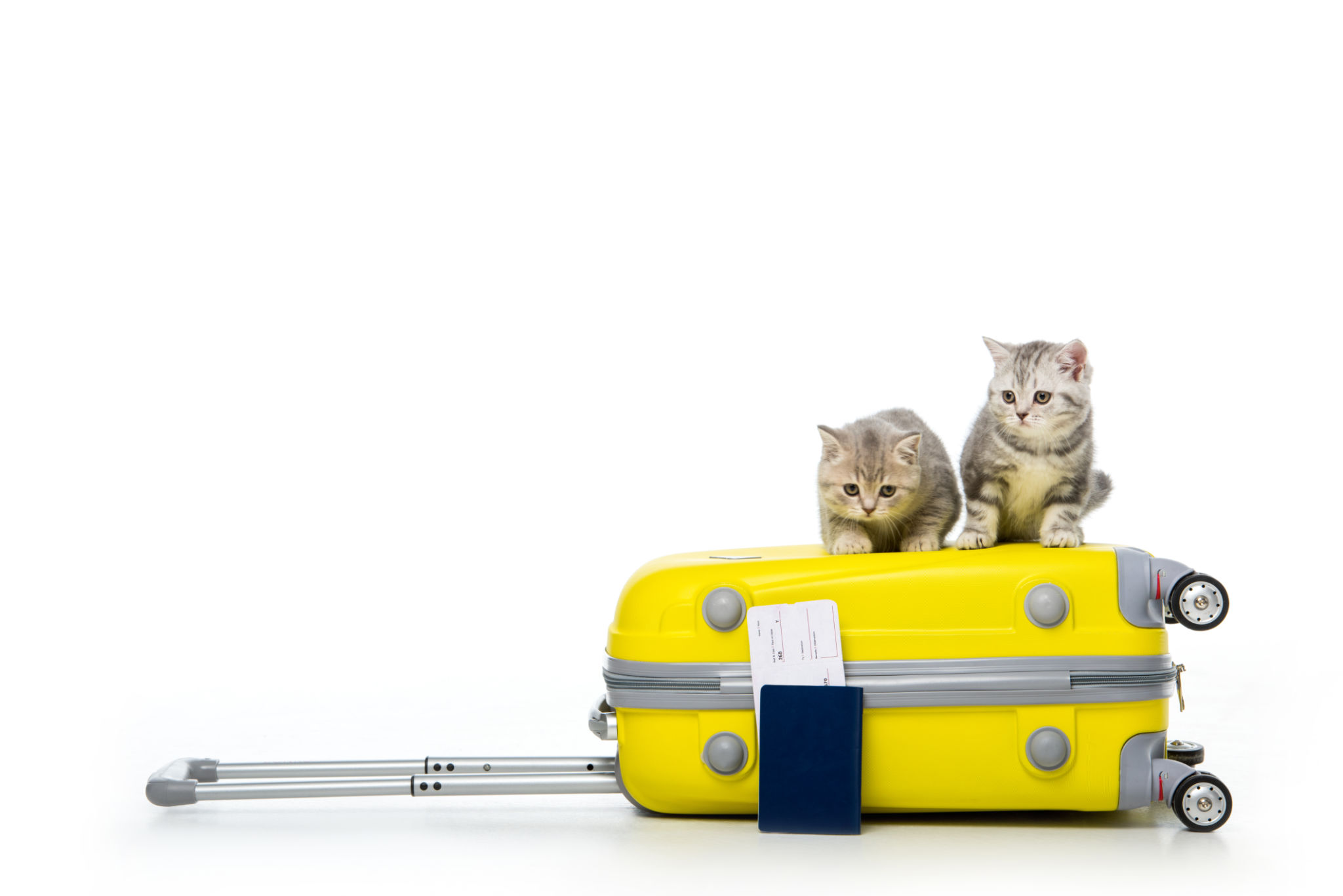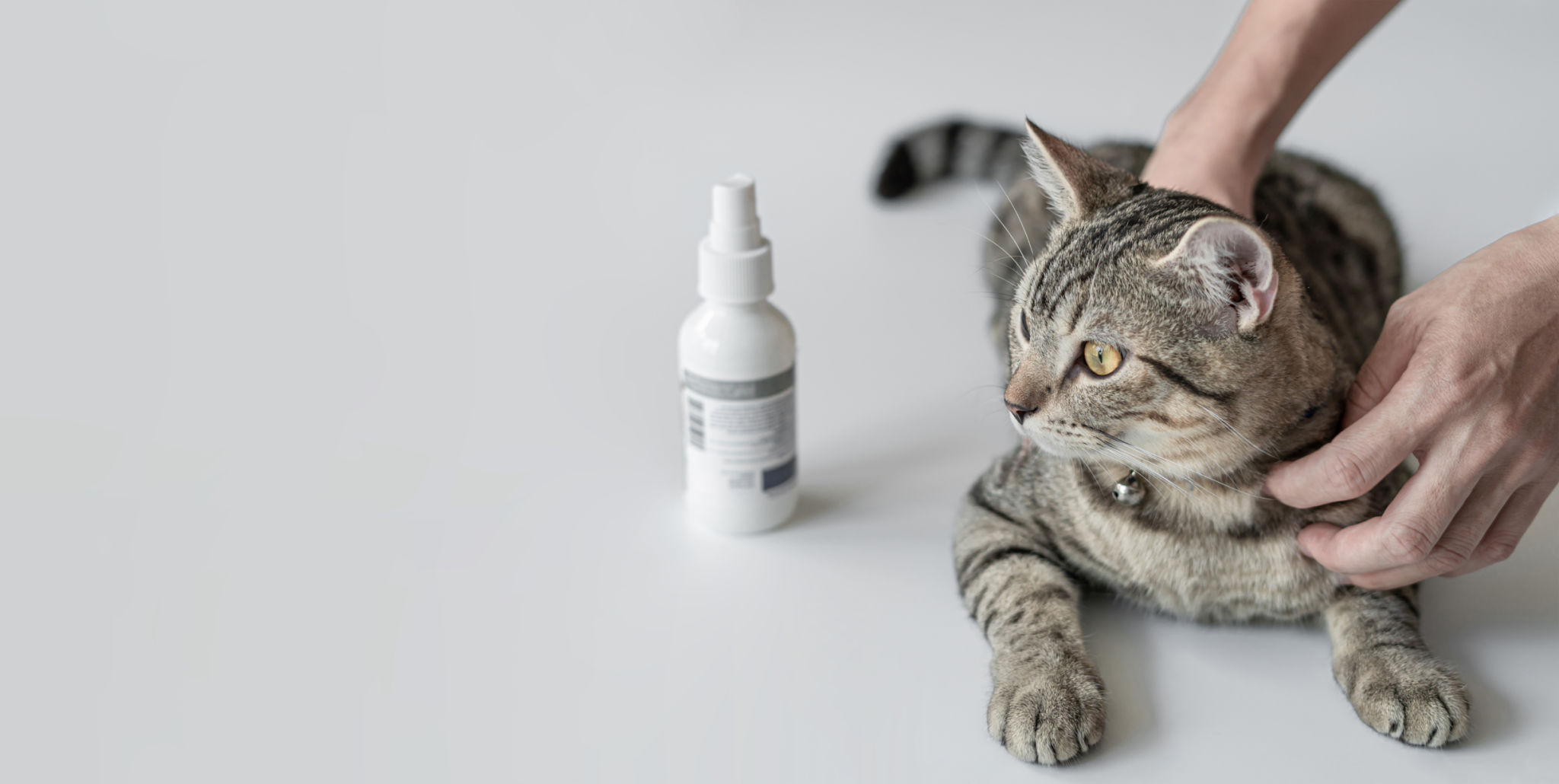How to Prepare Your Cat for International Travel: Tips from Air Crates
Understanding Travel Requirements
Traveling internationally with your cat requires careful planning and consideration of various regulations. Each country has its own rules regarding pet entry, so it's crucial to research and understand these requirements well in advance. Ensure that your cat is microchipped and has an up-to-date vaccination record, particularly for rabies. It's also wise to check if your destination requires any additional vaccinations or treatments.
Before booking your flight, confirm with the airline about their specific policies for traveling with pets. Some airlines may have restrictions on the number of animals allowed per flight or specific requirements for the type of carrier you can use. Always contact the airline directly to avoid any last-minute surprises.

Choosing the Right Travel Crate
One of the most important aspects of preparing your cat for international travel is selecting the right travel crate. The crate should be sturdy, well-ventilated, and large enough for your cat to stand, turn around, and lie down comfortably. It's essential that the crate meets International Air Transport Association (IATA) standards for air travel.
Introduce your cat to the travel crate well before the journey. Place familiar bedding and toys inside to create a comfortable and inviting space. Allow your cat to explore the crate at their own pace, gradually increasing the amount of time they spend inside it. This will help reduce stress and anxiety during the actual trip.
Acclimating Your Cat to the Crate
To acclimate your cat to their new travel environment, start by leaving the crate open in a common area of your home. Encourage your cat to enter by placing treats or toys inside. Over time, close the door for short periods while offering positive reinforcement. Gradually extend these sessions until your cat feels safe and secure.

Health Check and Documentation
Before embarking on your journey, schedule a visit to the veterinarian for a comprehensive health check-up. This ensures that your cat is in good health and fit to travel. The vet will also provide you with a health certificate, which is often required by airlines and international customs authorities.
Prepare a folder containing all essential documents, including vaccination records, health certificates, and any necessary import permits. Keep these documents easily accessible during your travels for quick reference at checkpoints.
Managing Travel Anxiety
Cats can experience anxiety during travel, especially if they are not accustomed to being on the move. To help manage this, consider using calming products such as pheromone sprays or natural supplements. Speak with your veterinarian about options that might be suitable for your cat’s specific needs.

During the Journey
On the day of travel, ensure that your cat's crate is securely fastened and properly labeled with your contact information. Line the bottom with absorbent material to handle any accidents during transit. Avoid feeding your cat a large meal right before traveling to prevent motion sickness.
During layovers or delays, try to maintain a calm demeanor as cats often pick up on their owner's stress levels. If possible, find a quiet area where you can talk softly to your cat through the crate to provide reassurance.
Arrival and Adjustment
Once you arrive at your destination, prioritize setting up a quiet, comfortable space for your cat to explore and adjust at their own pace. Offer them food, water, and a litter box immediately upon arrival. Remember that it may take a few days for your cat to fully acclimate to their new environment.
By taking these preparatory steps, you can help ensure that your international journey with your feline friend is as smooth and stress-free as possible. With proper planning and care, traveling with your cat can be a rewarding experience for both of you.